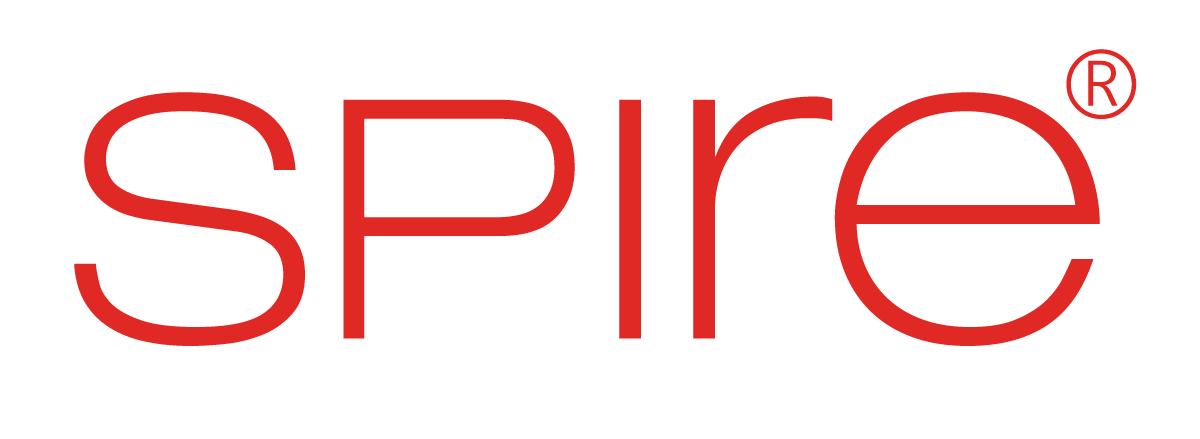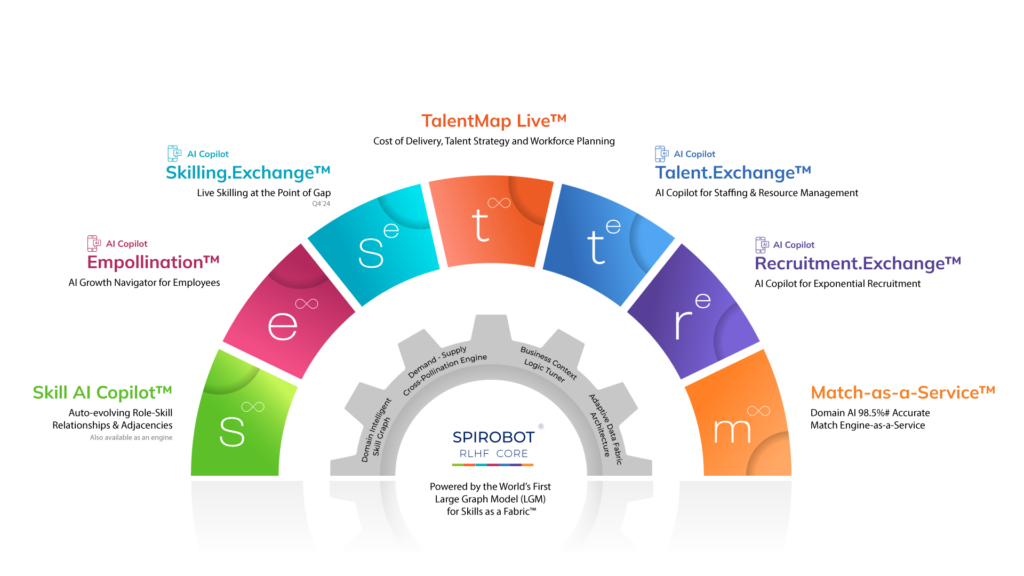Businesses often focus on big-picture strategies—growth initiatives, digital transformations, and competitive positioning. These strategies aim to drive long-term success and maintain a competitive edge, but their effectiveness is heavily dependent on a workforce equipped with the necessary skills to execute them. However, beneath the surface, small yet critical skill gaps in the workforce can quietly destabilize operations.
These gaps may seem insignificant at first—perhaps a mid-level manager lacks proficiency in data analytics or a frontline employee struggles with new customer engagement technologies. However, over time, these deficiencies accumulate, creating inefficiencies that cascade into large-scale disruptions. When employees are not equipped with the right skills, organizations face workflow bottlenecks, miscommunication, and reduced agility in responding to challenges.
For HR and Talent leaders, the challenge is not just to identify skill gaps but to address them proactively before they become bottlenecks to business success. A workforce operating at anything less than peak efficiency leads to lost opportunities, increased operational risks, and declining employee morale. Addressing skill deficiencies at an early stage ensures that small gaps do not escalate into widespread inefficiencies that hinder innovation and long-term growth.
The Hidden Costs of Overlooking Skill Gaps
Skill gaps may seem like minor inefficiencies at first, but their cumulative effect can be costly. A study by the Association for Talent Development (ATD) found that companies with ineffective training programs lose 47% more employees than those with strong upskilling initiatives. Additionally, Gartner reports that 70% of employees haven’t mastered the skills they need for their current jobs, leading to decreased productivity and increased operational risks.
For HR and Talent leaders, overlooking skill gaps presents significant challenges. A lack of workforce readiness results in increased hiring costs, extended onboarding cycles, and a failure to meet business objectives. According to the World Economic Forum, 50% of employees will require reskilling by 2025, yet many organizations struggle with identifying which skills are most crucial for business continuity and growth.
A missing skill in one department may lead to errors, delays, or miscommunications that ripple across an organization. Consider these real-world examples:
- Customer Support Lapses: A lack of communication training in customer service teams can lead to poor issue resolution, increasing churn rates and damaging brand reputation.
- Supply Chain Inefficiencies: An inadequate understanding of logistics software among procurement teams can result in costly shipment delays and stockouts.
- Cybersecurity Risks: Employees with insufficient knowledge of digital security protocols can expose organizations to cyber threats, leading to financial and reputational damage.
- Leadership Deficiencies: Ineffective leadership training can lead to poor decision-making, decreased employee engagement, and weakened strategic execution.
- Technology Adoption Barriers: Employees lacking proficiency in emerging technologies struggle to implement digital transformation initiatives, reducing innovation potential.
- Insufficient Talent Supply Chain: A lack of workforce planning and development leads to talent shortages in critical roles, forcing organizations to rely on costly external hiring rather than developing internal talent.
These small but critical skills gaps can accumulate, creating systemic weaknesses that compromise efficiency, decision-making, and overall business performance. Organizations that fail to prioritize skill gap identification risk falling behind competitors, experiencing lower employee engagement, and facing significant operational disruptions. To mitigate these risks, HR leaders must embrace data-driven solutions that offer clear visibility into workforce capabilities and evolving talent demands.
How Small Gaps Trigger Widespread Business Disruptions
Skill gaps operate like dominos—one weak link sets off a chain reaction that affects multiple areas of the business. These gaps create inefficiencies that extend beyond individual employees and impact entire teams and departments. The impact is often felt in three key areas:
Reduced Operational Efficiency
Inefficiencies caused by skill gaps slow down workflows, increase rework, and reduce output quality. According to McKinsey, organizations that fail to address skill gaps experience up to a 20% decline in productivity. A single skill deficiency—such as a lack of proficiency in data analytics—can lead to misinterpreted insights, flawed strategies, and poor business decisions. Furthermore, employees struggling with outdated skills spend more time troubleshooting issues rather than executing tasks efficiently, leading to missed deadlines and operational slowdowns.
Increased Employee Turnover
Employees who feel unprepared for their roles are more likely to experience job dissatisfaction and seek opportunities elsewhere. LinkedIn’s Workplace Learning Report states that 94% of employees would stay longer at a company that invests in their career development. When organizations fail to identify and address skill gaps, employees feel unsupported, leading to higher attrition rates and costly rehiring processes. Additionally, talent shortages in specialized fields increase competition for skilled workers, making it even harder for organizations to fill critical positions.
Innovation Bottlenecks
Innovation relies on continuous learning and skill evolution. A report from PwC indicates that 55% of executives cite a lack of key skills as a barrier to innovation. If businesses fail to identify skill gaps in emerging technologies, their teams will struggle to adopt new tools, reducing their ability to stay competitive. Without a workforce capable of adapting to technological advancements, organizations risk falling behind industry disruptors, limiting their ability to drive innovation and market expansion.
How to Identify Skill Gaps Before They Cause Disruptions
Waiting for disruptions to reveal skill gaps is a reactive approach that costs time and resources. Instead, HR and Talent leaders must take a data-driven, proactive stance to assess and address deficiencies before they become systemic challenges.
Leverage AI-Powered Skill Assessments
Traditional methods like surveys and self-assessments are often biased and incomplete. AI-driven platforms can analyze employee performance, learning patterns, and industry trends to pinpoint areas of improvement with precision. These assessments offer real-time insights into workforce capabilities, helping leaders make informed decisions on training priorities. AI tools can also track emerging industry skills and compare them against the existing workforce to identify critical gaps before they affect business performance.
Conduct Regular Skills Audits
An annual or biannual skills audit can help organizations track workforce competencies against business objectives. By mapping current skills against future needs, companies can anticipate potential bottlenecks and address them through targeted training initiatives. These audits should involve direct feedback from managers, employees, and external industry benchmarks to ensure a comprehensive analysis. Additionally, incorporating skills validation assessments rather than relying solely on self-reported skills can offer a more accurate picture of workforce readiness.
Implement Continuous Learning Programs
A culture of continuous learning ensures that employees are regularly upskilling, reducing the likelihood of significant skill gaps forming. Companies like Amazon invest billions in employee development programs, recognizing that proactive training leads to long-term business resilience. Organizations should establish personalized learning paths based on employees’ roles, aspirations, and evolving industry trends. Leveraging microlearning, mentorship programs, and on-demand learning platforms can enhance accessibility and engagement, ensuring skill development is seamlessly integrated into daily work routines.
Spire.AI: Transforming Skill Gap Identification and Resolution
Identifying skill gaps requires more than just intuition—it demands intelligent, data-backed insights. Spire.AI offers an advanced workforce analytics solution that helps HR and Talent leaders detect and bridge skill deficiencies before they impact business performance.
Spire.AI leverages cutting-edge technology solutions such as Domain-Intelligent AI, Large Graph Model (LGM) for Skills, and Role-Skill Architecture to create a comprehensive and dynamic view of workforce capabilities. These solutions allow organizations to assess, predict, and address skill gaps in real time.
How Spire.AI Helps Organizations Identify and Address Skill Gaps
- Pinpoint Skill Deficiencies with Precision: Spire.AI’s Large Graph Model (LGM) for Skills dynamically maps employee competencies against industry benchmarks and business needs. The LGM enables HR leaders to track skill progression, identify hidden gaps, and understand how individual skills contribute to overall organizational success.
- Personalized Learning Pathways: Through AI-powered role-skill architecture, Spire.AI creates customized learning pathways by analyzing employee strengths, career aspirations, and organizational goals. This system provides adaptive recommendations at the point of the skill gap, ensuring that employees receive training tailored to their unique career trajectories and business objectives.
- Anticipate Future Talent Needs: Spire.AI’s predictive analytics and real-time workforce intelligence analyze global labor trends and industry shifts to forecast emerging skill demands. Organizations can use these insights to proactively upskill employees, preparing them for new roles before talent shortages arise.
- Domain-Intelligent AI for Skill Gap Analysis: Unlike generic skill assessments, Spire.AI’s domain-intelligent AI processes contextual industry data, ensuring that skill evaluations are relevant to specific business functions. Whether in finance, healthcare, or technology, Spire.AI tailors its skill assessments to match industry-specific requirements, reducing irrelevant training recommendations.
- Automated Workforce Planning & Optimization: By utilizing AI-driven workforce analytics, Spire.AI integrates skill data with business performance metrics, enabling organizations to strategically allocate talent, enhance internal mobility, and optimize succession planning. This reduces reliance on external hiring while maximizing the efficiency of existing employees.
Real-World Impact: How Spire.AI is Transforming Organizations
Organizations across industries are already benefiting from Spire.AI’s advanced skill gap identification and resolution capabilities. Companies that implement Spire.AI report:
- 30% faster identification of workforce skill deficiencies through AI-powered analytics.
- 25% improvement in training efficiency by aligning learning pathways with actual business needs.
- Significant reduction in hiring costs by upskilling existing employees rather than relying on external recruitment.
- Higher employee engagement and retention due to personalized career development plans that align with individual career goals.
By leveraging Spire.AI, organizations can shift from reactive firefighting to proactive talent management, ensuring that small skill gaps never become major business disruptions. With intelligent workforce analytics and AI-driven insights, businesses can future-proof their workforce, foster continuous learning, and sustain a competitive advantage in their industries.
The Path Forward
Skill gaps are not just minor inconveniences—they are potential disruptors that can weaken entire business ecosystems. HR and Talent leaders must take decisive action to identify and bridge these gaps before they cause widespread inefficiencies, talent losses, and innovation stagnation.
By using AI-driven insights, regular audits, and continuous learning strategies, organizations can build a workforce that is not only skilled for today but prepared for tomorrow. The first step is to recognize that no skill gap is too small to ignore—because, in business, even the smallest domino can topple the largest structures.






